Is a Rowing Machine Hard on Your Back? A Practical Look for Everyday Users
/0 Comments/in Blog, Exercise Equipment, HOT NEWS, NEWSThe Truth About Rowing and Back Pain
If you’ve ever looked at someone rowing in the gym and thought, “That’s gotta hurt their back,” you’re not alone. Many beginners assume that a rowing machine is tough on the spine — but in reality, rowing can actually strengthen your back when done correctly.
The key is in your form, not the machine itself. A rowing workout uses a smooth, controlled pulling motion that engages your core, legs, and upper body all at once. When performed with good posture, it promotes spinal alignment and builds muscles that protect your back from strain.
How the Rowing Motion Affects Your Back
Every stroke on a rowing machine has four main phases — catch, drive, finish, and recovery. Your back plays a supporting role in each:
Catch: You lean slightly forward from your hips, keeping your spine neutral.
Drive: You push with your legs first, then pull with your arms, engaging your lats and core.
Finish: Your torso leans back just slightly — not slouches — to complete the motion.
Recovery: You move smoothly back to the starting position.
When done right, these phases build strength across the lower back, lats, and core. But when rushed or done with poor posture, they can cause strain. So it’s not that rowing hurts your back — it’s that bad technique can.
Why Proper Form Protects Your Spine
Your back muscles are designed to stabilize your body — not do all the pulling. The power of a row should start from your legs, travel through your core, and finish with your arms. If you rely too much on your lower back, that’s when issues arise.
Here’s how to protect yourself:
Sit tall with your chest up and shoulders relaxed.
Keep your abs tight — your core is your armor.
Drive with your legs first, not your back.
Don’t overextend or lean too far at the end of the stroke.
By keeping your motion fluid and your spine straight, rowing becomes one of the best full-body workouts you can do — and one of the safest for your back.
Benefits of Rowing for Back Health
Ironically, many people who start rowing to get in shape find their back pain improves over time. That’s because the rowing motion strengthens deep stabilizing muscles — the kind you can’t easily target with traditional weight machines.
Benefits include:
Better posture: Stronger core and spinal muscles mean less slouching.
Reduced tension: Controlled movement increases blood flow to the back.
Balanced strength: Rowing works the front and back of your body equally, reducing muscle imbalances.
When used consistently, a rowing machine can actually prevent back issues rather than cause them.
Choosing the Right Machine for a Safe Rowing Experience
Not all rowers are built the same. A well-designed machine supports natural movement and minimizes strain on the joints and back.
The HARISON Magnetic Rowing Machine offers a smooth glide system, ergonomic seat, and adjustable resistance levels — all designed with spinal safety and comfort in mind. Its frame stability keeps you grounded, while the quiet magnetic drive helps maintain consistent rhythm without jerking or bouncing.
For home users, it’s a smart choice if you want an efficient, back-friendly cardio and strength workout in one machine.
When to Be Careful
While rowing is generally safe, there are situations where caution helps:
If you already have a back injury, consult your doctor or physical therapist first.
Avoid jerky or rushed strokes; they can compress the lower spine.
Warm up before rowing — tight hamstrings and hips can pull your posture out of alignment.
Start slow: Build endurance before adding heavy resistance or longer sessions.
Remember — rowing is a technique-based exercise. Once you master the rhythm, your back will thank you.
Why Rowing Is Worth the Effort
If you’ve avoided the rowing machine out of fear it’s tough on your back, it’s time to reconsider. Few workouts deliver such a powerful mix of cardio, strength, and posture training in one motion. It’s joint-friendly, time-efficient, and incredibly effective for total-body conditioning.
And with advanced models like HARISON’s rowers, you can enjoy the benefits of professional rowing from the comfort of your home — safely, smoothly, and without sacrificing your back health.
Conclusion: Row Smart, Not Hard
So, is the rowing machine hard on your back? Only if your form is. With the right setup, posture, and rhythm, rowing is one of the most spine-friendly, low-impact workouts available.
It strengthens your back instead of hurting it, tones your entire body, and boosts your heart health — all while sitting down. With HARISON’s ergonomic design and smooth resistance system, you’ll feel the difference after just a few sessions.
Train smart, move strong, and let every stroke make your back more resilient.
People Also Ask
Can a rowing machine help with existing back pain?
Yes — when used correctly, rowing strengthens the muscles that support your spine. But consult a doctor if your pain is chronic.
Is rowing better for the back than running?
Absolutely. Rowing is low-impact and places far less stress on the spine and joints than running.
How can I avoid back strain while rowing?
Focus on driving with your legs, tightening your core, and keeping your spine neutral throughout the movement.
What’s the best rowing machine for home use?
The HARISON Magnetic Rowing Machine is an excellent option for home gyms — smooth, quiet, and ergonomically designed for back comfort.
Can beginners use a rowing machine safely?
Definitely. Start at a moderate resistance and focus on proper form. Most people find rowing easy to learn and highly effective after a few sessions.

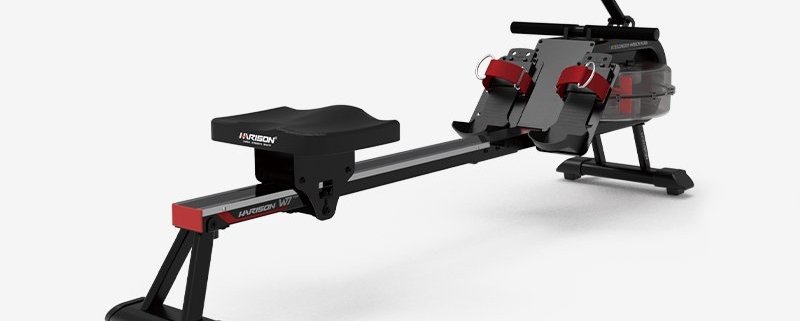
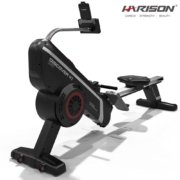
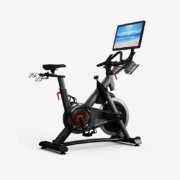
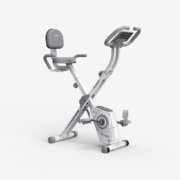
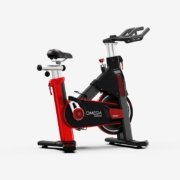
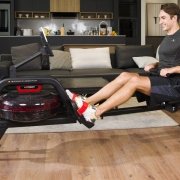
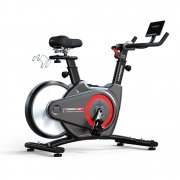

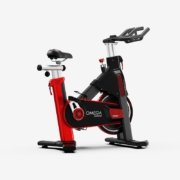







Leave a Reply
Want to join the discussion?Feel free to contribute!